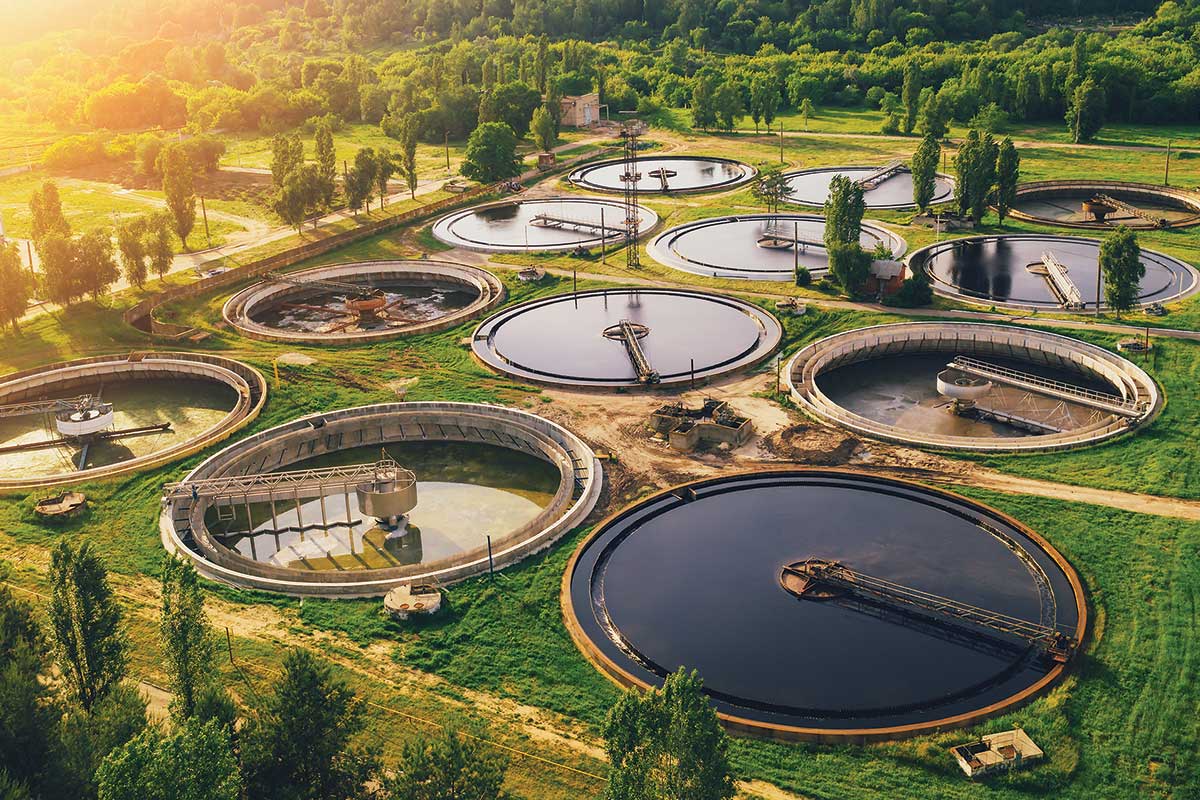 Wastewaters have unique characteristics, allowing resistance genes to start their journey from harmless bacteria to those that cause disease.
Wastewaters have unique characteristics, allowing resistance genes to start their journey from harmless bacteria to those that cause disease.
Microorganisms began producing antibiotic molecules long before we started to use them as medicines. Accordingly, the ability of many environmental bacteria to defend themselves against antibiotics is ancient.
Since the introduction of antibiotics in medical practice, disease-causing bacteria have been accumulating more and more resistance genes in their DNA. This still ongoing process requires that genes, that were previously well anchored in the chromosome of certain bacterial species, first gain the ability to move around and eventually jump between species.
In a study published in the journal Communications Biology, researchers at the Centre for Antibiotic Resistance Research (CARe) in Gothenburg, Sweden present evidence for where the genes could gain their ability to move.
It is known that wastewaters contain residues of antibiotics that could favour the development of antibiotic-resistant bacteria. New evidence shows that wastewaters also have characteristics allowing the resistance genes to start their journey from harmless bacteria to disease-causing bacteria.
The researchers acknowledged that it is not sufficient with antibiotics to drive the process. The species carrying the resistance genes in their chromosome also needs to be present, as well as specific sequences of DNA that could provide the ability to move the resistance genes.
By studying DNA from thousand’s of samples from different environments, the researchers could identify where all the key components came together. To the authors surprise, it was not in the gut of humans or animals, it was in wastewaters sampled across the world.
“In order to fight antibiotic resistance we cannot focus only on preventing the spread of those types of resistant bacteria that are already in circulation, we also need to prevent or delay the emergence of new ones”, said Fanny Berglund, researcher at the Sahlgrenska academy at University of Gotheburg, and the lead author of the study.
More focus on wastewaters
The same research team has published several other studies showing that the environment harbours a huge variety of different resistance genes, many more than the resistance genes that we see today in bacteria causing disease.
This makes the environment a vast source for new resistance genes that one after the other acquire the ability to jump between species, to eventually end up in pathogens. The authors conclude that favouring this development by polluting the environment with antibiotics is not a good idea.
“There is a lot of focus on reducing antibiotic use in humans and animals. This is of course important, but our study show that we also need to pay attention to our waste streams, as this seems to be a place where new variants of antibiotic resistance could emerge”, concludes Fanny Berglund.







